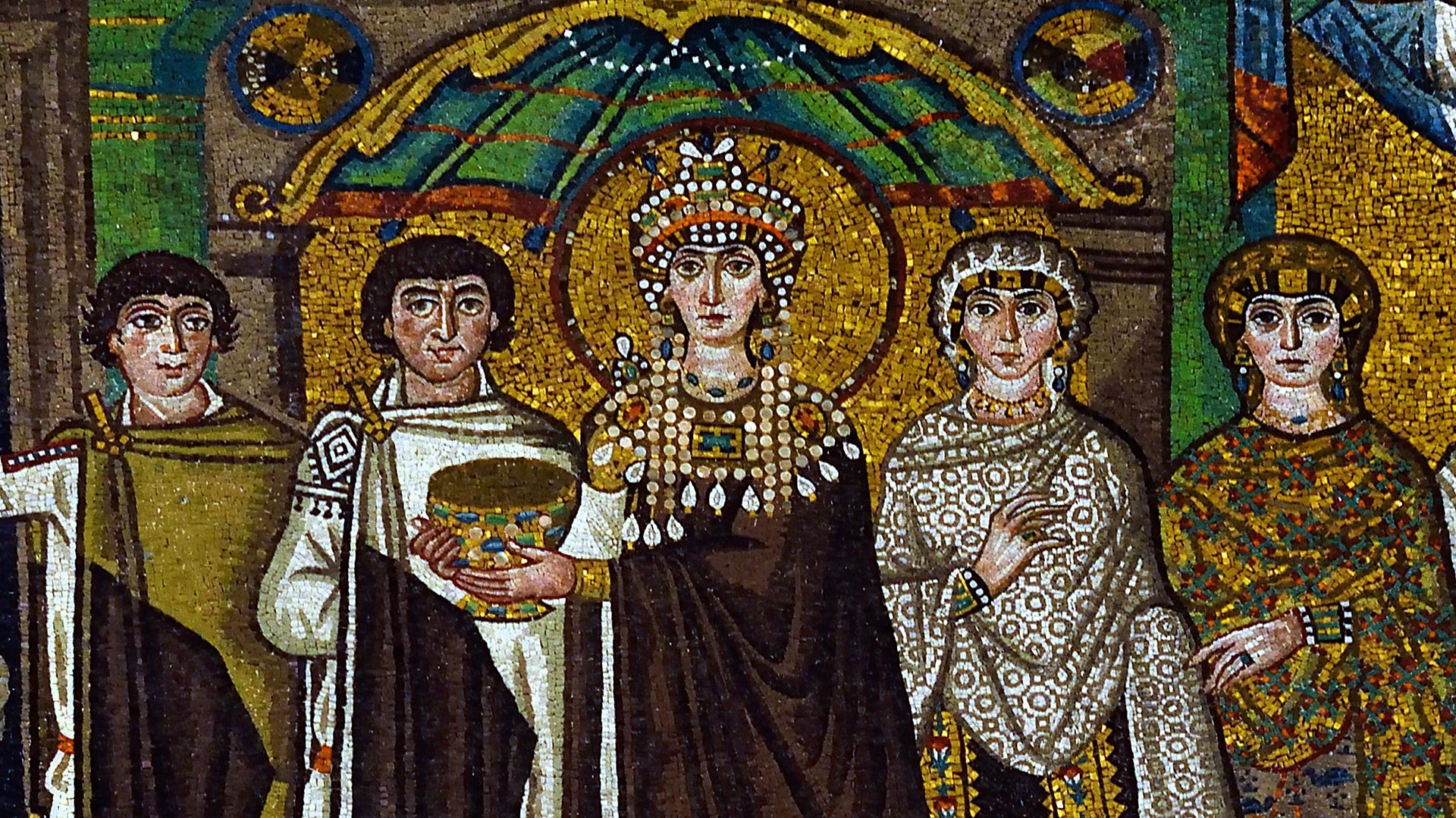Governors Island: The uninhabited isle that birthed NYC
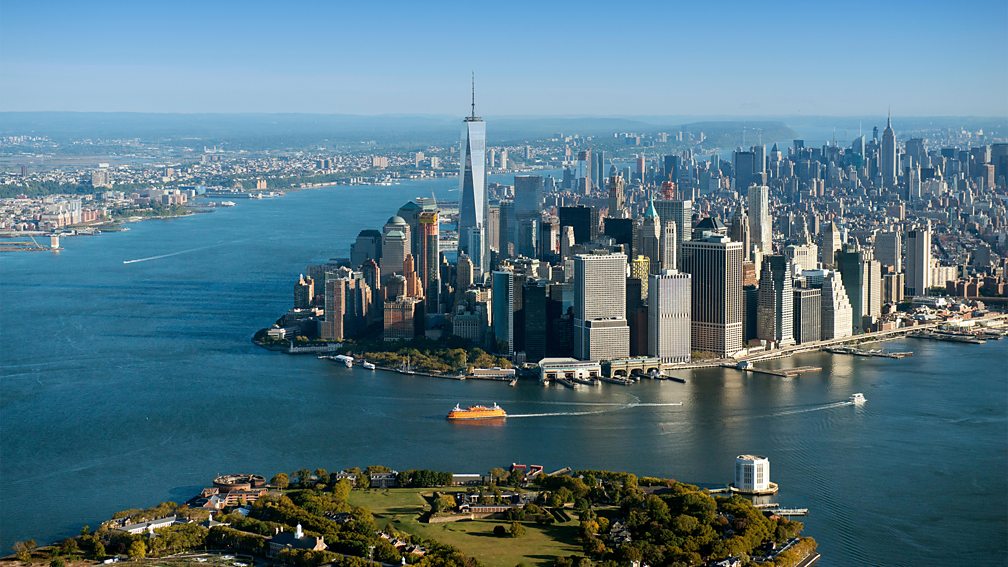
From Dutch outpost to urban playground, Governors Island has had many lives. Now, it's pioneering a zero-waste concept that could show other cities how to develop more sustainably.
There's a moment setting out on the ferry from Manhattan's South Street to Governors Island that the receding skyline is all-consuming. Towering skyscrapers of glass, steel and concrete loom above the slate-coloured harbour. Then, just eight minutes later, you arrive at your destination, a 172-acre island a mere 800 yards away from the US' biggest metropolis, and the city slips from your mind.
A 19th-Century red sandstone fort and a sleek outdoor oyster bar welcome you to Governors Island, nodding to its past role as a military stronghold and present incarnation as an urban playground. Once home to the Lenape Native Americans, Governors Island was called Paggank, or "Nut Island", owing to its abundance of chestnut, hickory and oak trees. One hundred years later, when the Dutch arrived, they established the first settlement of their New Amsterdam colony here, making this now-uninhabited harbour island the birthplace of New York City.
Today, Governors Island (which is technically part of Manhattan) might just be New York City's best-kept secret. The leafy oasis is home to seven miles of bike paths; an acre-sized urban farm; sprawling meadows and gardens; slides measuring three storeys tall; autumn pumpkin patches; a winter ice-skating rink; and all manner of picnic spots, playgrounds and art installations. The island is now pioneering an inspiring zero-waste concept that could show other cities how to become more sustainable. This week, Mayor Eric Adams announced that the island would now be the site of a $700m "living laboratory" dedicated to finding solutions to address the climate crisis.
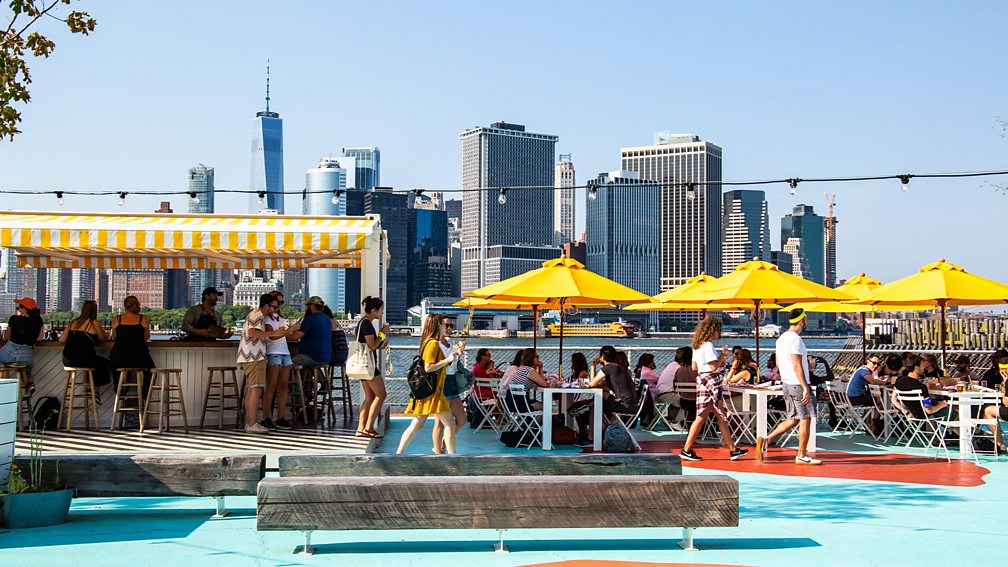
"The park design and concept really centres [on] sustainability and resiliency," said Clare Newman, president and CEO of the Trust for Governors Island, which manages the island along with the National Park Service.
Though Governors Island was originally 72 acres, another 100 were added in the early 1900s using dirt excavated when the city dug the Lexington Avenue subway station in Manhattan, more than doubling its size to the south. In 2007, this largely undeveloped southern part of the island was reimagined as more than just recreational space, with the Trust seeing it as an opportunity "to demonstrate to the whole city, and hopefully to the world, how we can develop urban environments in a much more sustainable and adaptable way".
This eco-initiative is the latest chapter in Governors Island's fascinating history. The English arrived in New York in 1664, capturing the island from the Dutch. Eleven years after British troops withdrew at the end of the American Revolution in 1783, the New York government started fortifying the harbour by constructing three forts on the Island – Fort Jay, Castle Williams and the South Battery – that helped deter a British invasion in the War of 1812. Under the control of the US government, the island became a military base, a quarantine station for religious refugees, a prison for Confederate soldiers during the US Civil War, an army headquarters through World War Two and finally a Coast Guard base until 1996. The Island was then left largely abandoned for nearly a decade while the federal government debated what to do with the land.
Governors Island also bore witness to many historic moments. In 1919, Wilbur Wright took off from a landing strip on the southern part of the island on the first American flight over water. Composer Burt Bacharach regularly performed at The Officer's Club on the island in the early 1950s. President Ronald Regan hosted Mikhail Gorbachev in the 19th-Century Admiral's House mansion in 1988. In 2001, the island was designated a National Monument and two years later, it was sold to the city and state of New York for $1. Finally, in 2005, it opened to the public.
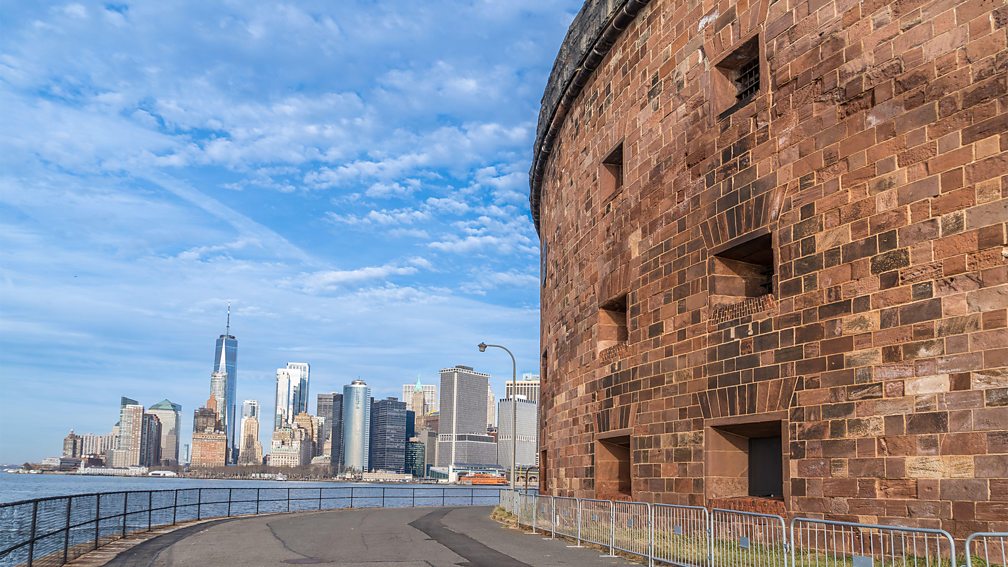
The open bucolic space, so close to the dense city, has turned Governors Island into a cultural and recreational destination. Liggett Terrace, just south of what was once the country's largest military building, is now home to a seasonal line-up of food trucks and vendors, featuring options from East Asian fried chicken to vegan soul food to pizza. In 2018, Collective Governors Island set up 36 private glamping tents with views of the Statue of Liberty. Last year, QC NY Spa opened, allowing guests to chill on an infrared bed, in a sauna or steam room, or at the outdoor spa pool with views of helicopters descending into the Financial District and ferries crossing the harbour.
When each of these vendors or businesses open on the island, they commit to the Zero Waste Island initiative, signing an agreement that details, among other things, what materials are permitted and not. All food partners are required to use compostable serviceware, for example, which Newman said "makes a big difference" towards the island reaching its zero-waste goal.
The not-for-profit organisation Earth Matter NY is the Trust's partner in Zero Waste Island, picking up all organic waste – including the compostable serviceware and food scraps along with landscape materials from the grounds crews – and turning it into compost for the island's gardens. Paper, glass, plastic, aluminium and regular rubbish are placed in other bins and processed separately.
"We came to the island with the idea of recycling and creating this closed loop," explained Earth Matter NY's co-founder and executive director, Marisa DeDominicis. "Zero Waste Island is really what we're about." Last year, Earth Matter NY collected more than 260,000lbs of organic waste – a 28% annual increase from 2021.
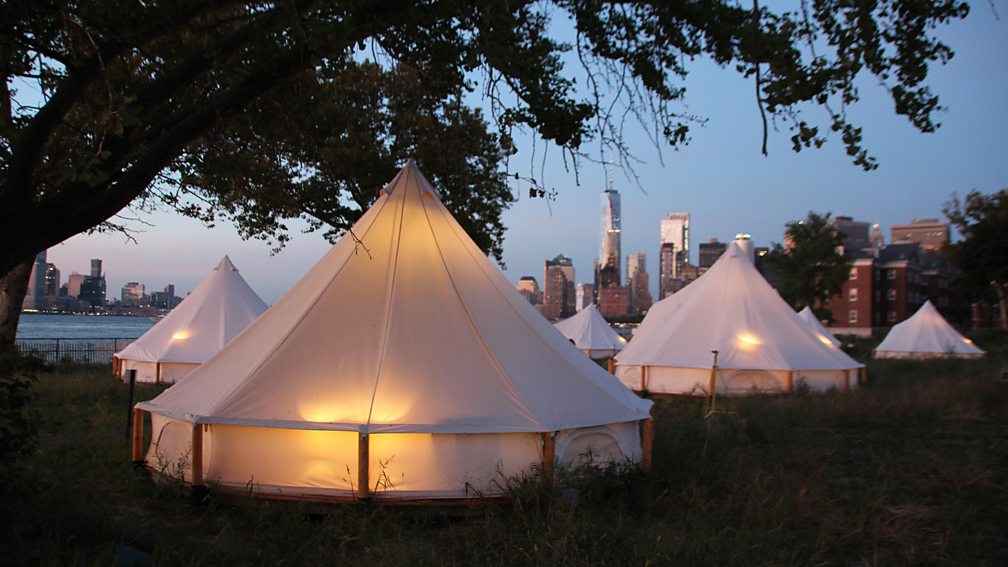
"When we sort, it's sometimes like detective work," said Andrea Lieske, Earth Matter NY's Zero Waste Island manager. If they find an excessive amount of regular, non-compostable cups, for example, they'll check what bag they came in, track what area of the island they picked the bag up from and troubleshoot until they can locate the errant cup source. While some visitors inevitably bring cups with them, the majority originate on the island and should therefore be compostable.
In addition to requiring food vendors and other tenants to use compostable materials, the Trust has banned plastic bags and straws and the sale of plastic water bottles on the Island. "These kinds of things really made a big difference on our end on what we'd see in the organic stream," said Lieske.
When not lazing in Governor Island's sun-dappled Hammock Grove or exploring its seasonal art installations, visitors can see this zero-waste initiative in action. On the southern part of the island, Earth Matter shares space with a teaching garden and bee sanctuary. It's there that staff and volunteers (along with resident chickens) sort the organics and create heaps of steaming compost – some as large as 8ft high and 100ft long, reaching a temperature of 151F in the natural decomposition process. After about 12 to 15 months, the compost is ready to be distributed in landscape beds and gardens across the island, as well as community gardens in NYC parks.
While Governors Island shines as an enlightening example of waste policy, challenges remain. "The amount of organics is going to continue to climb as the island develops," DeDominicis said. Last year was the first time ever the island was open year-round, and it drew 939,000 visitors – dramatically more than the 600,000 of 2021. The just-announced 400,000 sq ft campus, which is focused on researching climate solutions and called the "New York Climate Exchange", is expected to bring thousands of jobs to the island when it opens in 2028.
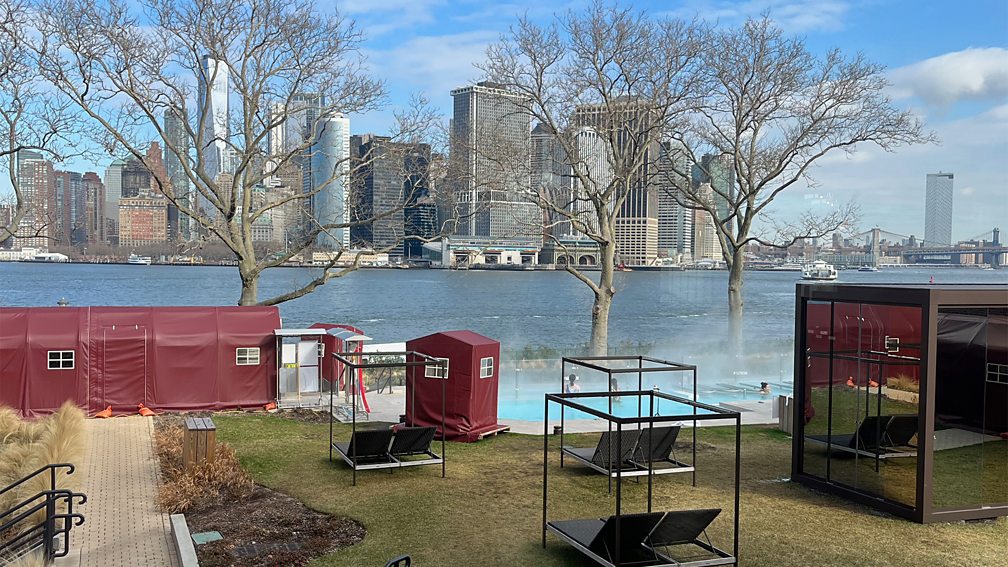
To meet these future needs, the Trust will work with a waste consultant and focus on closely tracking and controlling what goes off-island to landfill. "Our goal is to get that percentage as low as humanly possible, and ultimately to zero," Newman said.
Even though the Center for Climate Solutions will increase foot traffic and potentially make it more difficult to control waste, the ultimate benefits are clear.
As Newman said, "All of this is part of the vision: to hopefully have here on the island a really world-class mini-city example of how to achieve much more sustainable and adaptable resilient neighbourhoods."
--
Join more than three million BBC Travel fans by liking us on Facebook, or follow us on Twitter and Instagram.
If you liked this story, sign up for the weekly bbc.com features newsletter called "If You Only Read 6 Things This Week". A handpicked selection of stories from BBC Future, Culture, Capital and Travel, delivered to your inbox every Friday.

